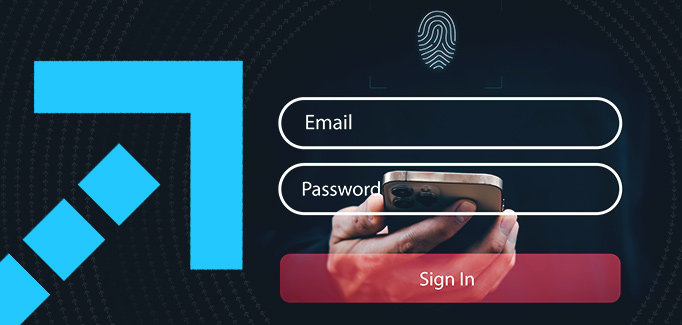Account Takeover Fraud: When Criminals Become Clients
June 3rd, 2025

Account takeover (ATO) fraud doesn’t begin with a stolen credit card or forged document—it begins with access. Once a fraudster takes control of a legitimate customer’s account, they gain access to a broad spectrum of financial crimes: unauthorized transfers, drained balances, phony purchases and identity manipulation.
As financial institutions accelerate digital transformation, ATO attacks are rising in both frequency and sophistication. The risk is no longer theoretical, and the cost is no longer limited to isolated incidents.
What ATO Looks Like in 2025
In its simplest form, ATO involves a bad actor gaining unauthorized access to a legitimate account and using it to initiate transactions. The tactics are becoming increasingly advanced, and the outcomes often overlap with other fraud categories such as wire fraud, card fraud and elder exploitation.
Common methods include:
- Credential theft: Hackers use phishing emails, malware or data breaches to obtain usernames and passwords.
- Social engineering: Fraudsters impersonate customers to manipulate call center agents into resetting access credentials.
- SIM swapping: By hijacking a victim’s phone number, attackers intercept two-factor authentication codes and reset passwords.
- Session hijacking: Malware or remote access tools silently monitor user sessions and initiate transfers once the victim logs in.
What makes ATO especially dangerous is that, from the institution’s perspective, these transactions often appear authorized. There’s no red flag when a customer logs in with the correct credentials—unless the system can identify deeper anomalies.
How ATO Powers Other Types of Fraud
ATO is not just an endpoint—it’s an enabler. Once access is gained, criminals can:
- Initiate Zelle, wire or ACH transfers to mule accounts
- Add themselves as authorized users on credit cards
- Change account contact details, locking out the real customer
- Use stored credentials to access linked services, including crypto wallets and fintech platforms
This makes ATO an ideal entry point for multi-stage fraud operations, and complicates detection and restitution. If the transaction appears “authorized,” institutions must determine whether the customer was tricked, compromised or impersonated.
The Challenges of Detection
Modern fraudsters are experts in digital mimicry. They may use the victim’s usual device, location and transaction behavior to avoid triggering alerts. Others deploy bots to test stolen credentials en masse, known as credential stuffing, which floods login systems with combinations harvested from past breaches.
For banks and credit unions, detecting ATO often requires connecting subtle dots, such as:
- Multiple failed login attempts followed by a successful one
- New device or location access paired with a password change
- Sudden changes in contact information followed by large transfers
The pattern matters more than any single data point. Behavioral analytics, device fingerprinting and real-time anomaly detection are critical to catching ATO in progress.
Regulatory and Industry Response
Recognizing the scope of ATO, regulators have prioritized stronger authentication and fraud mitigation protocols. The FFIEC’s guidance on digital banking security encourages multi-factor authentication, out-of-band verification and layered controls for high-risk activities.
In response to rising SIM swap attacks, the FCC enacted new rules in late 2023 requiring mobile carriers to verify identity and notify customers before porting a number to a new SIM—a move designed to prevent fraudsters from intercepting security codes.
Meanwhile, financial institutions are investing in:
- Voice biometrics and call center analytics to flag repeat fraud attempts
- Dark web monitoring tools to detect compromised credentials
- Behavioral biometrics to analyze how users type, click and navigate digital interfaces
The regulatory focus has also shifted toward customer restitution. In 2022, the CFPB clarified that many ATO-related losses may qualify as “unauthorized electronic fund transfers” under Regulation E, meaning banks could be held liable for reimbursement, even if the customer was tricked into providing credentials.
NICE Actimize: Detecting and Stopping ATO Before Damage Occurs
NICE Actimize delivers real-time account takeover detection powered by behavioral analysis, device intelligence and cross-channel monitoring. Our solutions identify not just suspicious transactions, but suspicious sessions. We help institutions detect compromised accounts, intervene before funds are lost and document every step for regulatory reporting.
From login to logout, NICE enables a safer, smarter digital banking experience—without sacrificing speed or customer experience.




